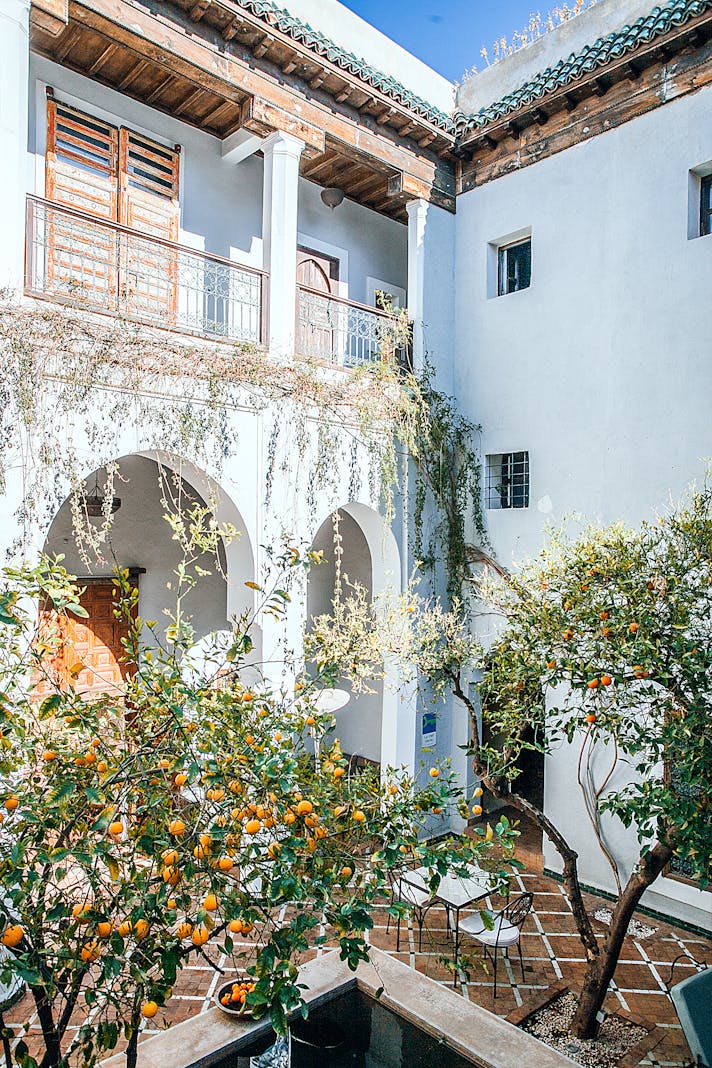The Seasons of California

Visitors to California should keep in mind that our seasons here don’t follow those in the rest of the United States. When we say ‘three season climate’, we generally refer to clothing that can be worn in the cooler months; when we speak of ‘tourist season’, we tend to mean the late spring and fall. While Southern California is extreme in this regard, the climate of the entire state is unusual in that it follows a particular predictable pattern. Here’s what to expect.
The gardening season here generally starts, interestingly enough, with the Jewish New Year, in late September. This is when the weather cools down enough for comfort, although it would still be considered summer weather in the rest of the United States. You’ll generally find cloudless, warm days in the high eighties, with temperatures dropping into the sixties at night. This can be a frustrating time for fashionistas, as the stores are filled with ‘winter’ clothing that can’t possibly be worn just yet!
Around October in the northern part of the state, “autumnal” weather appears. In Southern California, this can be as late as Thanksgiving, although the change is usually felt closer to the beginning of November. Deciduous trees start changing color and dropping leaves; the winds pick up and there is a noticeable cooling at night.
The coolest part of the year generally shows up at the appropriate time, at the end of December. However, this ‘winter’ weather is paltry in comparison to the rest of the country. Highs are in the sixties, with lows going into the twenties or teens. Again, the northern part of the state is cooler than the southern, but almost every section will have a period where frosts and freezes occur. The exceptions include the strip along the coast, which almost always stays above freezing, and the mountains, where snow generally falls from Thanksgiving until March.
Northern California is rainier than the desert-like South, but all parts of the state enjoy a Mediterranean climate. This means that the summers are generally dry, with the vast bulk of the rain occurring between October and July. January and February are the two months with the biggest chance of rain, and storms can be quite big. Generally, rain occurs in bursts that last from a few hours to a few days, and there is very little of what the Irish call ‘soft weather’, with consistent drizzles. Water here falls from the sky in cloudbursts or not at all; in an El Nino or ENSO year, water falls in great and unusual storms.
In Southern California, spring begins in February, with the rest of the state catching up by mid-March. By April, the temperatures are generally back in the high seventies and eighties. Showers can and do occur through the end of June, but they are usually less powerful later in the season.
“May Gray” and “June Gloom” are special phenomena unique to the seaside areas of the state. The land warms with the seasons, but the air off the ocean is still cool. This creates coastal fog that can sometimes last a full day. This is the time for the famous “partly cloudy, followed by hazy sunshine by mid-afternoon” weather reports.
The dry season starts July 1st, although “June Gloom” sometimes persists for a week. Temperatures go up into the high eighties and low nineties, but thankfully they drop down at night, sometimes by forty degrees. This makes the summers in the state hot but comfortable thanks to the extremely low humidity. The exception is when the Arizona summer monsoons creep west, which can make for some pretty miserable days by California standards – although nothing compared to other parts of the country!
Early September is generally the hottest part of the year, with heat waves sometimes bringing the temperatures up above one hundred degrees. Again, it’s usually dry heat, but it can get extreme. This is the worst time to visit the state – wait a month, and enjoy ‘summer’ weather long after the rest of the country is wearing wool.
The gardening season here generally starts, interestingly enough, with the Jewish New Year, in late September. This is when the weather cools down enough for comfort, although it would still be considered summer weather in the rest of the United States. You’ll generally find cloudless, warm days in the high eighties, with temperatures dropping into the sixties at night. This can be a frustrating time for fashionistas, as the stores are filled with ‘winter’ clothing that can’t possibly be worn just yet!
Around October in the northern part of the state, “autumnal” weather appears. In Southern California, this can be as late as Thanksgiving, although the change is usually felt closer to the beginning of November. Deciduous trees start changing color and dropping leaves; the winds pick up and there is a noticeable cooling at night.
The coolest part of the year generally shows up at the appropriate time, at the end of December. However, this ‘winter’ weather is paltry in comparison to the rest of the country. Highs are in the sixties, with lows going into the twenties or teens. Again, the northern part of the state is cooler than the southern, but almost every section will have a period where frosts and freezes occur. The exceptions include the strip along the coast, which almost always stays above freezing, and the mountains, where snow generally falls from Thanksgiving until March.
Northern California is rainier than the desert-like South, but all parts of the state enjoy a Mediterranean climate. This means that the summers are generally dry, with the vast bulk of the rain occurring between October and July. January and February are the two months with the biggest chance of rain, and storms can be quite big. Generally, rain occurs in bursts that last from a few hours to a few days, and there is very little of what the Irish call ‘soft weather’, with consistent drizzles. Water here falls from the sky in cloudbursts or not at all; in an El Nino or ENSO year, water falls in great and unusual storms.
In Southern California, spring begins in February, with the rest of the state catching up by mid-March. By April, the temperatures are generally back in the high seventies and eighties. Showers can and do occur through the end of June, but they are usually less powerful later in the season.
“May Gray” and “June Gloom” are special phenomena unique to the seaside areas of the state. The land warms with the seasons, but the air off the ocean is still cool. This creates coastal fog that can sometimes last a full day. This is the time for the famous “partly cloudy, followed by hazy sunshine by mid-afternoon” weather reports.
The dry season starts July 1st, although “June Gloom” sometimes persists for a week. Temperatures go up into the high eighties and low nineties, but thankfully they drop down at night, sometimes by forty degrees. This makes the summers in the state hot but comfortable thanks to the extremely low humidity. The exception is when the Arizona summer monsoons creep west, which can make for some pretty miserable days by California standards – although nothing compared to other parts of the country!
Early September is generally the hottest part of the year, with heat waves sometimes bringing the temperatures up above one hundred degrees. Again, it’s usually dry heat, but it can get extreme. This is the worst time to visit the state – wait a month, and enjoy ‘summer’ weather long after the rest of the country is wearing wool.
You Should Also Read:
A Mediterranean Climate
El Nino Southern Oscillation

Related Articles
Editor's Picks Articles
Top Ten Articles
Previous Features
Site Map
Content copyright © 2023 by Korie Beth Brown, Ph.D. . All rights reserved.
This content was written by Korie Beth Brown, Ph.D. . If you wish to use this content in any manner, you need written permission. Contact Korie Beth Brown, Ph.D. for details.







